On both banks of the Vam River, forest trees begin to sprout and turn green again after long months of hot weather.
The source of the river
One of the two branches of the Vam River begins to flow into Tay Ninh at Lo Go - Xa Mat National Park (Tan Bien District). After the first rains of the season, the water in the upper reaches of the Vam River rises and flows strongly downstream. On the water surface, many clusters of plantain and water lily are blooming. As the sampan carrying us passed by, these river vegetables swayed with the waves.
The sound of the boat’s engine made the huge, black, bald eagles that were diving underwater flap their wings and fly up. On both banks, the forest trees began to sprout and turn green again after months of long hot weather. Occasionally, a few long-tailed warblers, plovers, jungle fowls… from neighboring Cambodia flew over the National Park or vice versa.
This is the river section that is the border between Vietnam and Cambodia, so occasionally, our group met a few people from the neighboring country working in the fields or a group of guards from the Lo Go - Xa Mat National Park patrolling to protect the forest. Near the upstream, the riverbed became narrower. Scattered along the banks on the neighboring country's side were two dugout canoes of the Cambodian people parked along the river.
The boat is made from palm tree trunks, about 3m long. The size and load capacity of the boat are a bit small but very suitable for navigating the upper reaches of the Vam River - where there are many stakes and brush, caused by fallen forest trees and suitable for the difficult economic conditions of local families.
Fish net of people in the upper reaches of the Vam River.
On this section of the river, there are many giant fish traps of the Cambodian people. The traps on this section of the river along the forest are built from dozens of wooden trees. In front of the wooden fence, there is a thick layer of nets, woven from many bamboo strips. The net layer has the effect of forcing fish and shrimp to swim to the gap in the middle of the river - where the mouth of the net is waiting.
On top of these rows of stakes, Cambodians cross two other tree trunks to form a wooden bridge to cross the two banks. When the water from upstream flows strongly, Cambodians spread nets across the river to catch fish. The leaders of the National Park and the Border Guard here regularly urge Cambodians to remove these fish traps, but during the flood season, some fish traps still… secretly “grow up”.
Fish bottom in the upper reaches of the Vam River.
The further upstream, the narrower the riverbed, only about 4 meters wide, the deepest point is just over 1 meter. One side is still Cambodia, the other side is Da Hang Islet, dozens of hectares wide, located in the middle of the Vam Co Dong River. After the unification of the border between Vietnam and Cambodia, Da Hang Islet belongs to sub-region 27, Tan Binh commune, Tan Bien district. On this islet, there are two holes about 32 square meters wide, about 2.5 meters deep. Under the holes are many cement concrete blocks from 10cm to 30cm thick, broken, lying upside down.
At the mouth of the pit, there are traces of a trench leading down to the Vam River wharf. Many locals believe that this was the resistance base of Mrs. Nguyen Thi Dinh, former Vice President of the State Council. To this day, Da Hang Islet is still called by many people as “Mrs. Dinh Base”.
Where one rooster crows, two countries hear
From the National Park, going downstream, this river branch meets another river branch at the Vam Trang Trau junction, in Bien Gioi commune, Chau Thanh district. In this section of the river, we can see a few local people making a living. Near Phuoc Trung bridge (Bien Gioi commune), there is a hut with a fish net owned by Mr. and Mrs. Nguyen Van Dan, residing in Phuoc Vinh commune. The fish net is 40m long and 30m wide, with an investment of 70 million VND. Each time they lift the net, this fishing couple harvests about 3-5kg of various types of fish. Among them are many civet fish and toad fish - fish species with fragrant, delicious meat, considered specialties of the river.
Fishermen only take the fish that are already big.
What particularly caught our attention was that the fishermen only took large fish, weighing about half a kilo or more, the smaller fish were released back into the river. Mr. Dan explained: "Leave them so they can grow and reproduce for the following seasons." This fisherman added that during the dry season, the river has few fish, so he and his wife only cast their nets during the day. During the flood season like now, there are many fish and they have to cast their nets all day and night. The fish source in the upper reaches of the Vam River is still quite abundant, so at this time, there are days when the couple earns millions of dong. It is known that Mr. Dan is Vietnamese, his wife, Ms. Sara Phip, is Khmer. It can be said that this Vietnamese-Khmer couple is a typical example of the community and harmonious coexistence of two ethnic groups in the land where when a rooster crows, two countries can hear it.
Mr. Viet makes a living by cutting water hyacinth stems from the river and selling them to traders in the West.
In addition to the fishing profession, in the upper reaches of the Vam River, there are many other professions that make a living by following the river, such as fishing, netting, picking water hyacinth, etc. Mr. Phan Van Viet, a resident of Bien Gioi commune, was born and raised in this area. Previously, his family also had rice fields, but due to illness, they had to transfer the land to get money for medical treatment. For the past 6-7 years, he has made a living by setting traps to catch field mice and selling them at the market. In his spare time, he rowed a boat on the river to cut water hyacinth stems and sell them to people from the West who come here to buy them to produce handicrafts. "Every day, I cut 300-400kg of fresh water hyacinth. I bring it home to dry.
Traders from Long An province come to harvest water hyacinth. They earn 180-200 thousand VND/day, which is enough to cover their living expenses. This water hyacinth cutting job is very useful for the Vam River, because for many years this type of water hyacinth has always been a very difficult problem for the river to solve. Having diligent people, rain or shine, still cutting each stalk of water hyacinth to produce handicrafts can become a model of economic development that needs to be replicated.
Mr. Do Van Giao shares about the lives of people here.
However, the main occupation of the people in the upper reaches of the Vam River is still agricultural production. There are vast rice fields here; landowners have dozens of hectares of rice fields. Mr. Do Van Giao - Head of Tan Dinh Hamlet, Bien Gioi Commune is one of many residents who have been attached to the river all their lives. Mr. Giao said that the residents here have no other water source for agricultural production. All the pumping of water to irrigate the fields, transporting rice, and agricultural materials depends on the Vam Co Dong River.
“Later, thanks to the well, we no longer use river water for daily activities. In the past, people used river water to cook food and drink,” Mr. Giao recalled. This old farmer also added that the Vam River also contains many other natural resources such as shrimp and fish. “For us, this river is very precious. Because it has water for agricultural production and fish sauce to improve our lives. Without this river, people here cannot survive,” he confided.
Ocean
Source: https://baotayninh.vn/noi-song-vam-chay-vao-tay-ninh-a177318.html


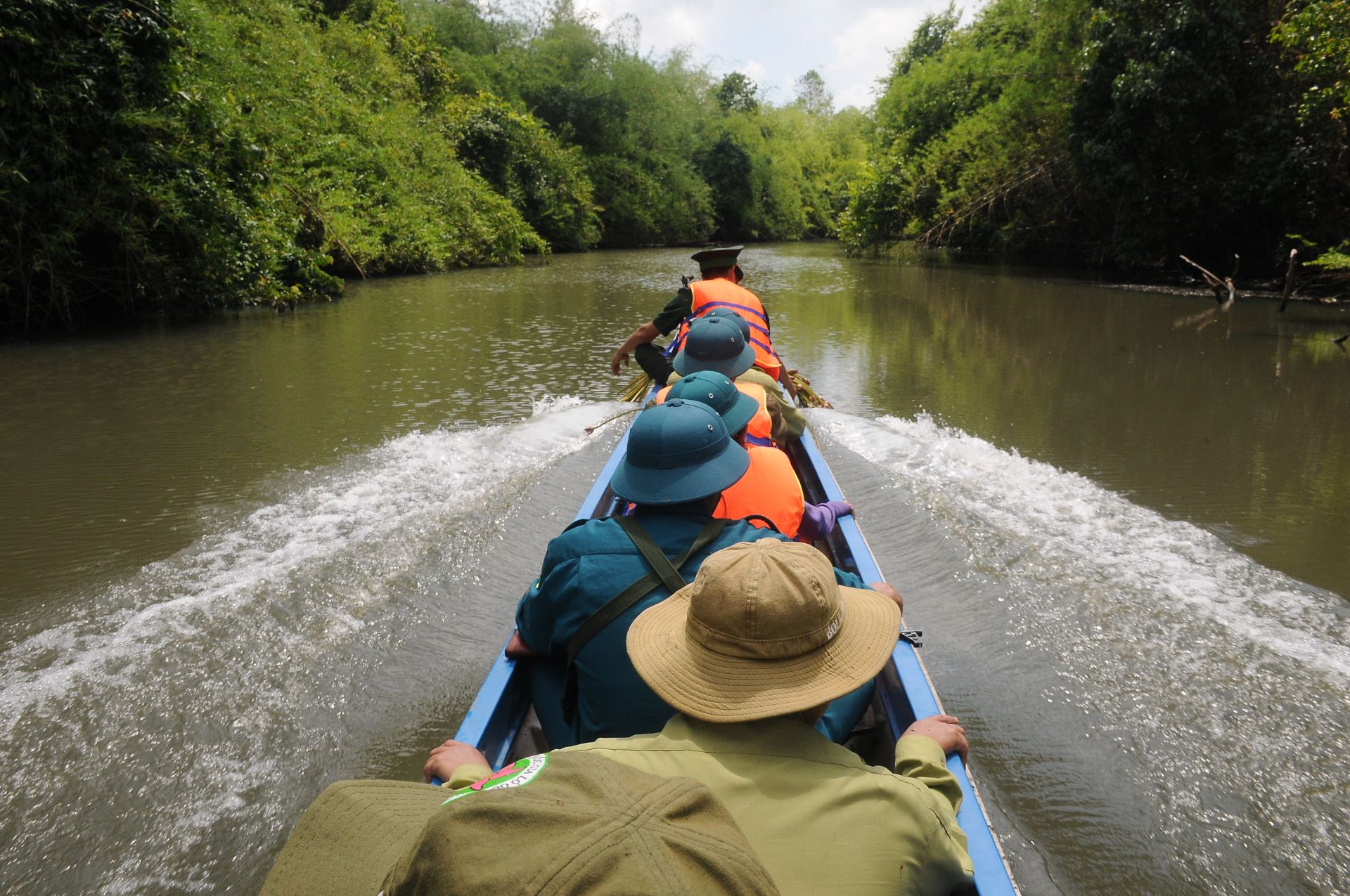
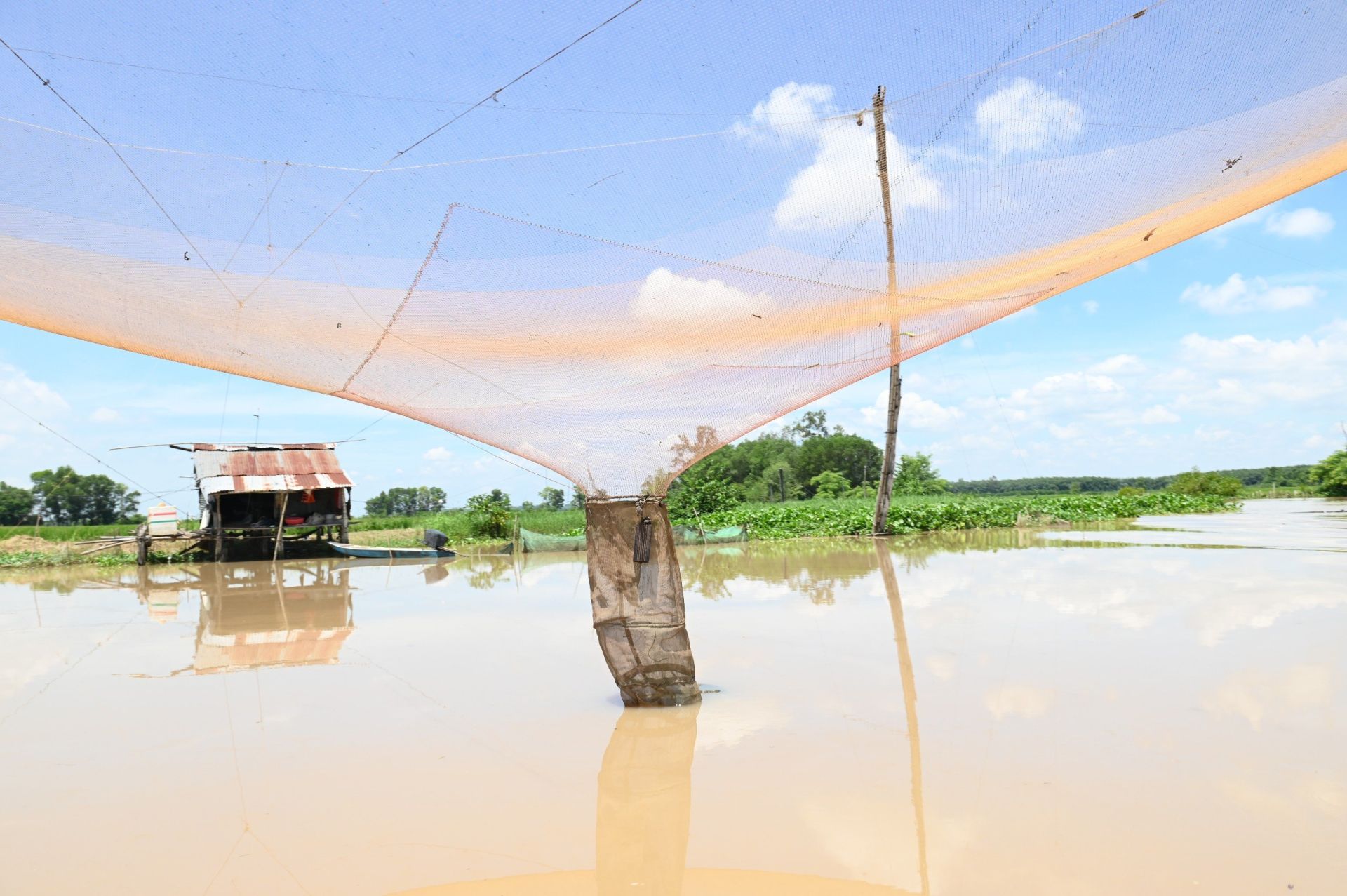
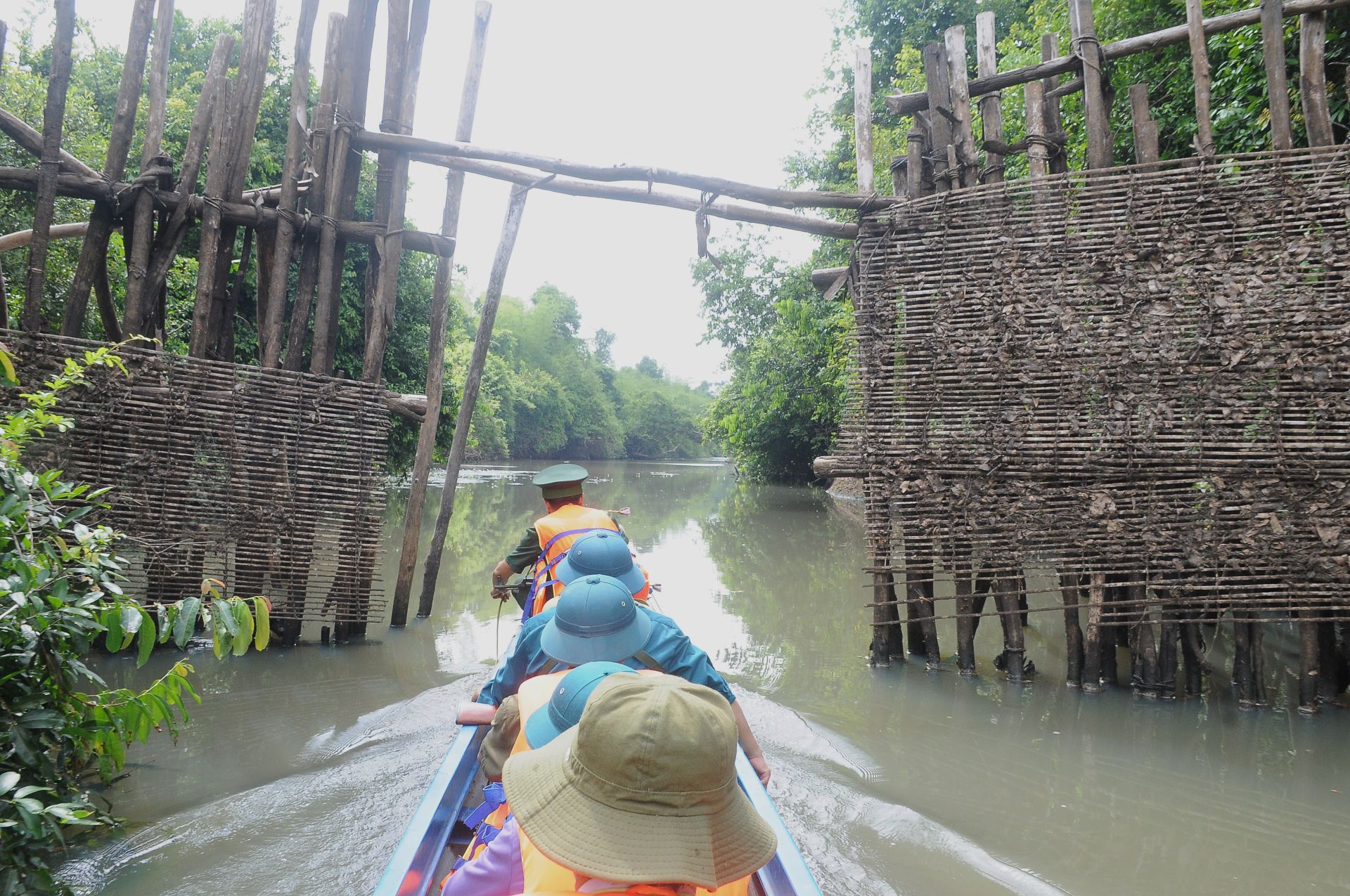
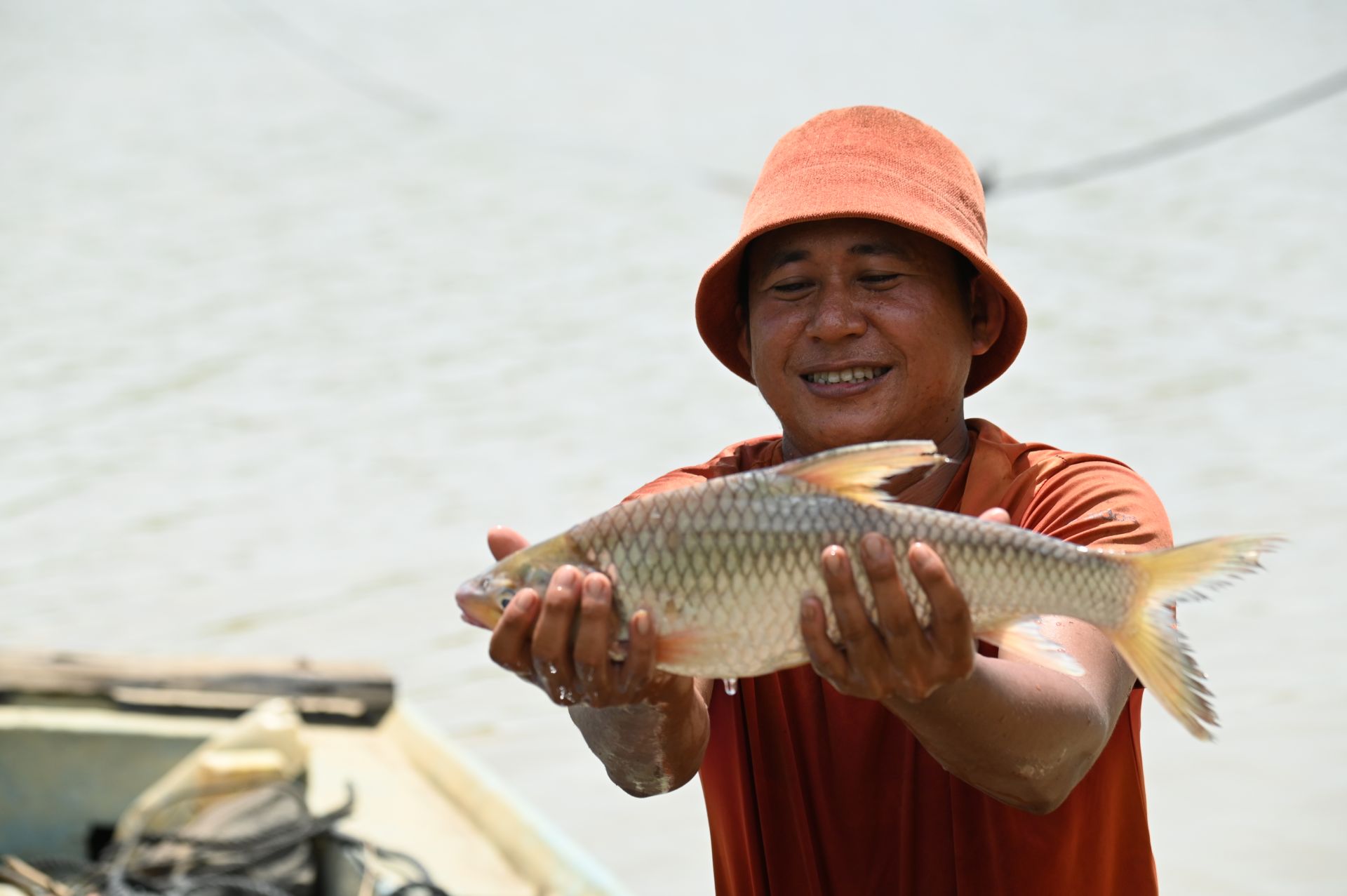
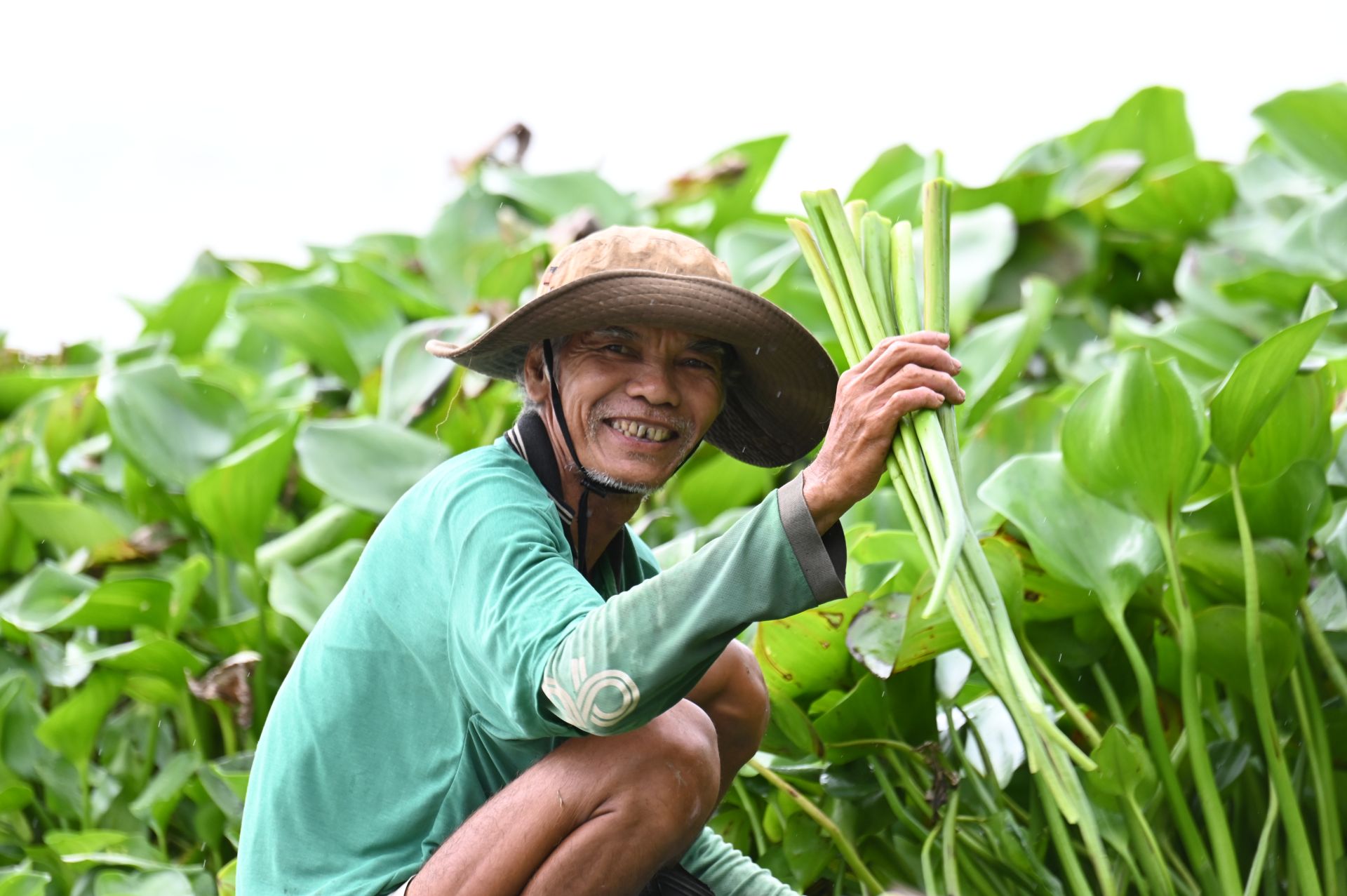
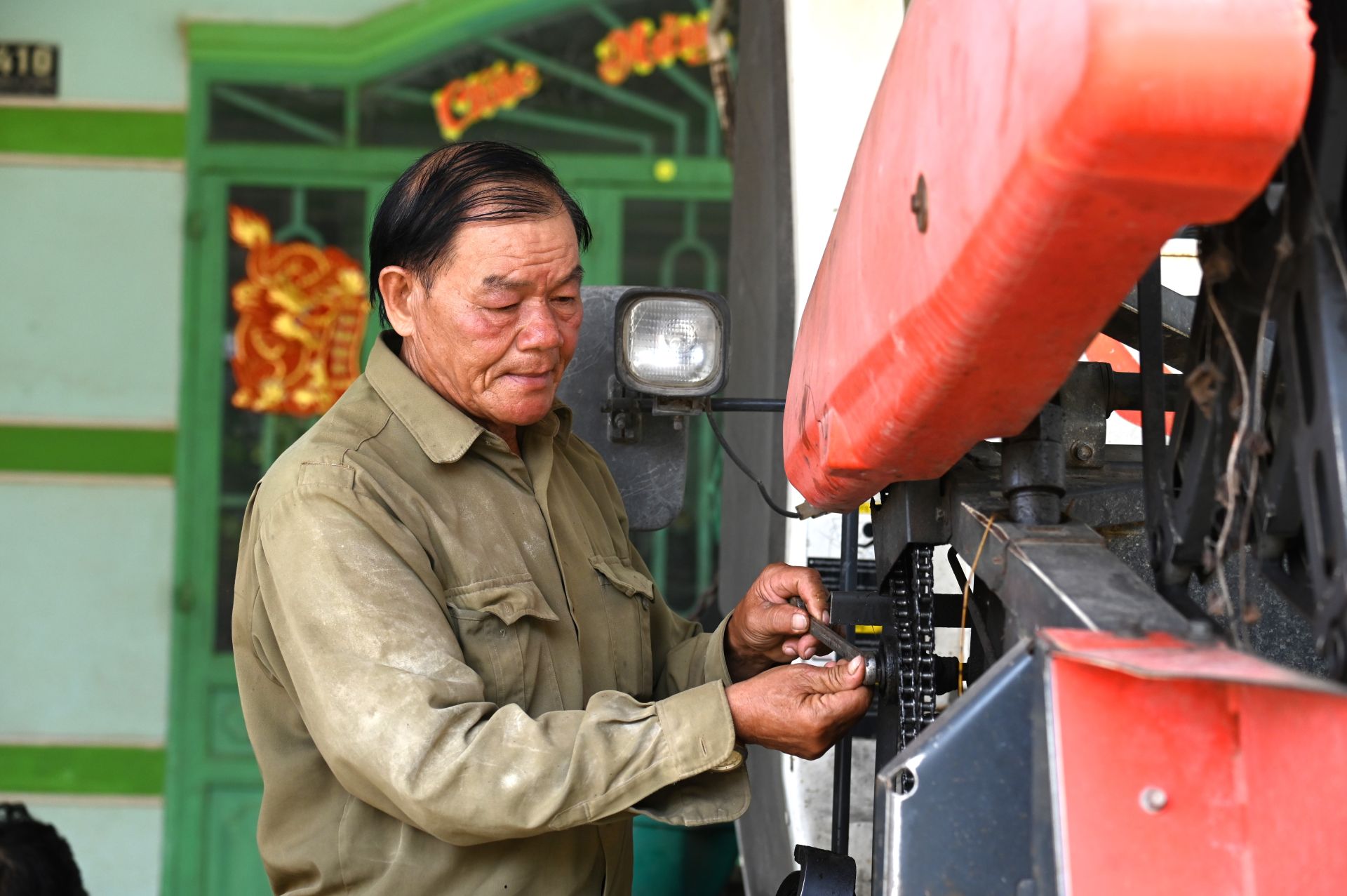
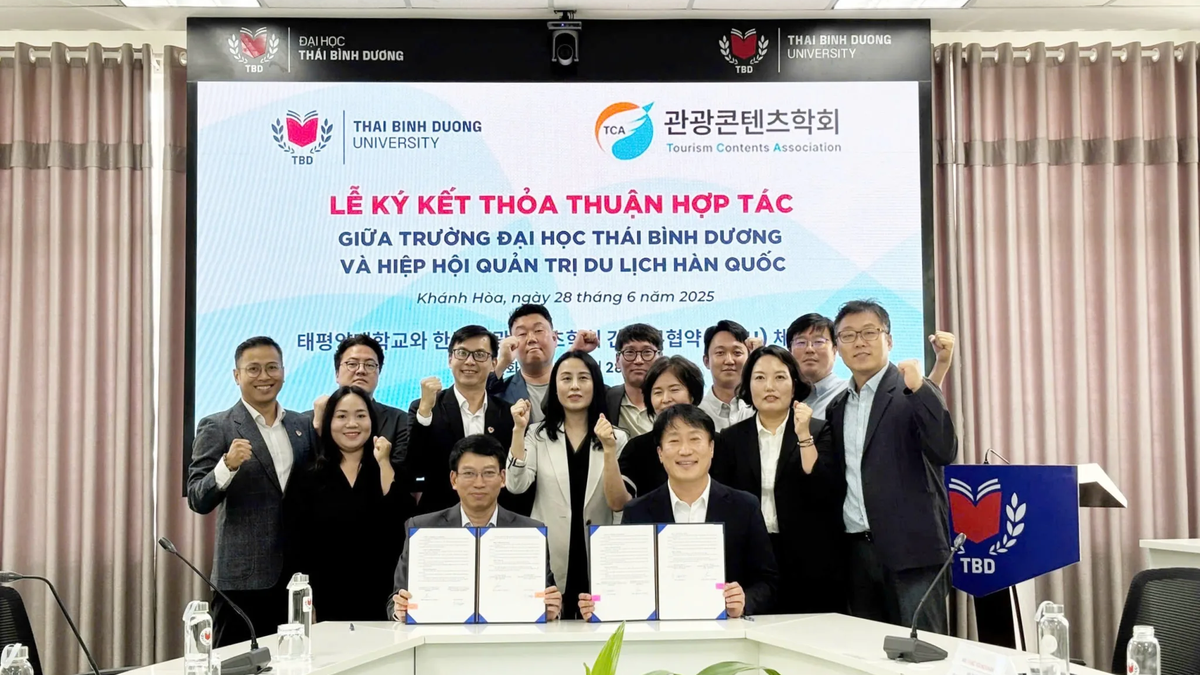
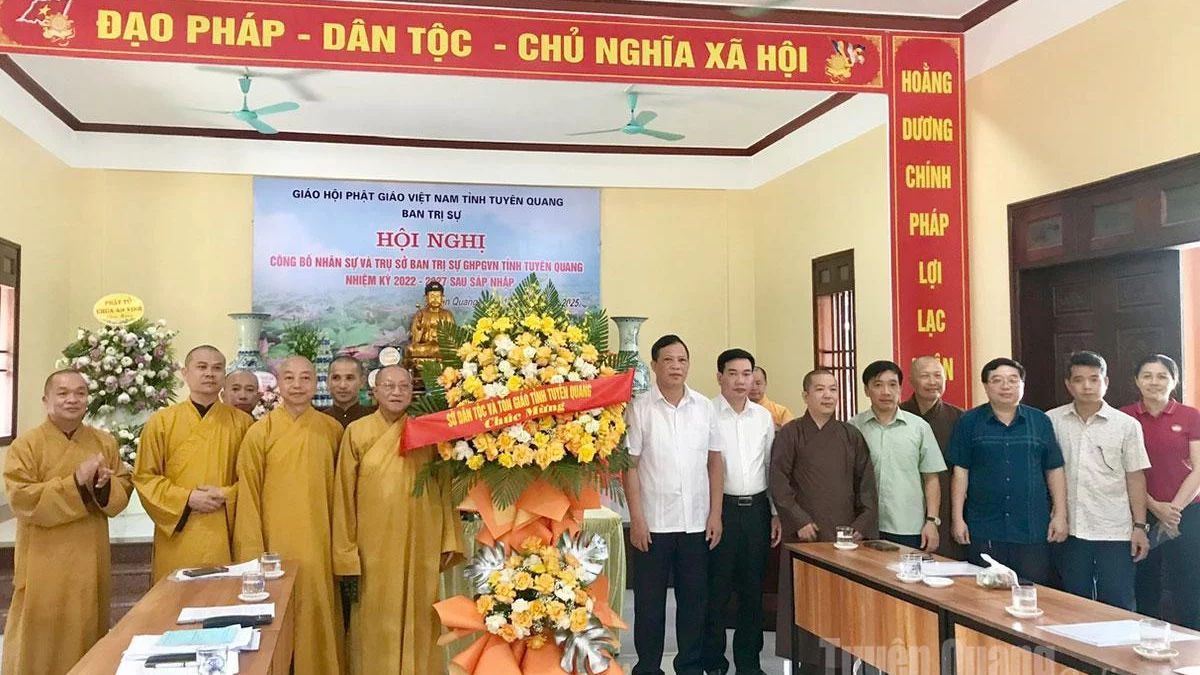
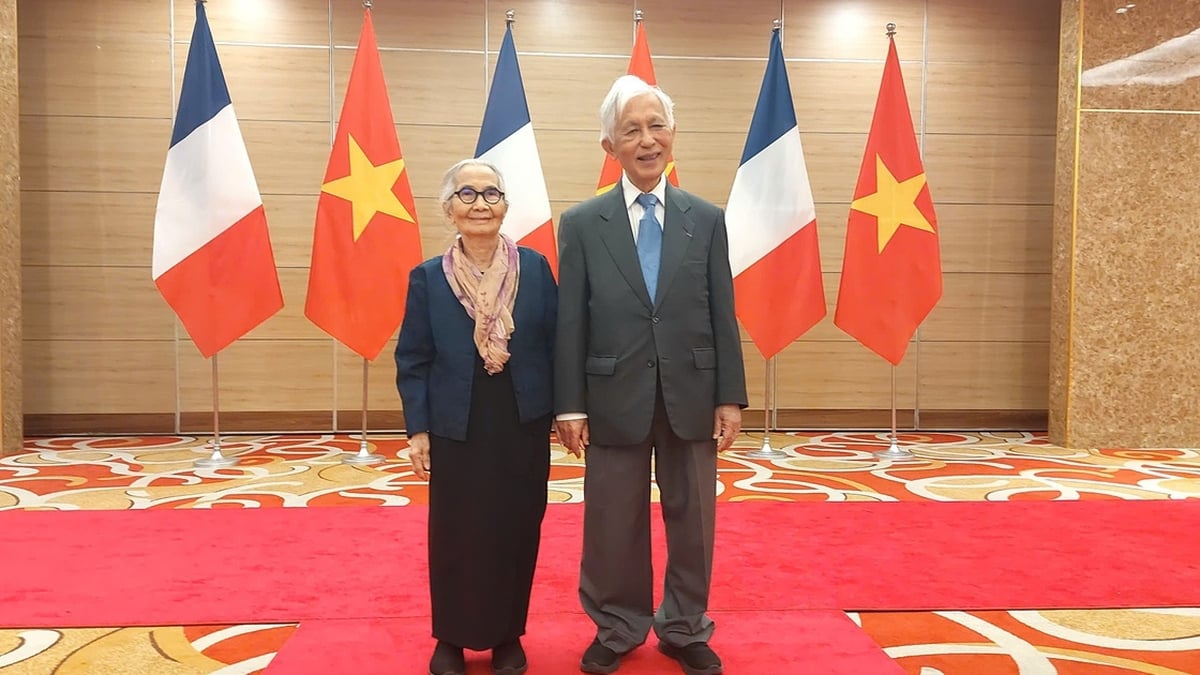
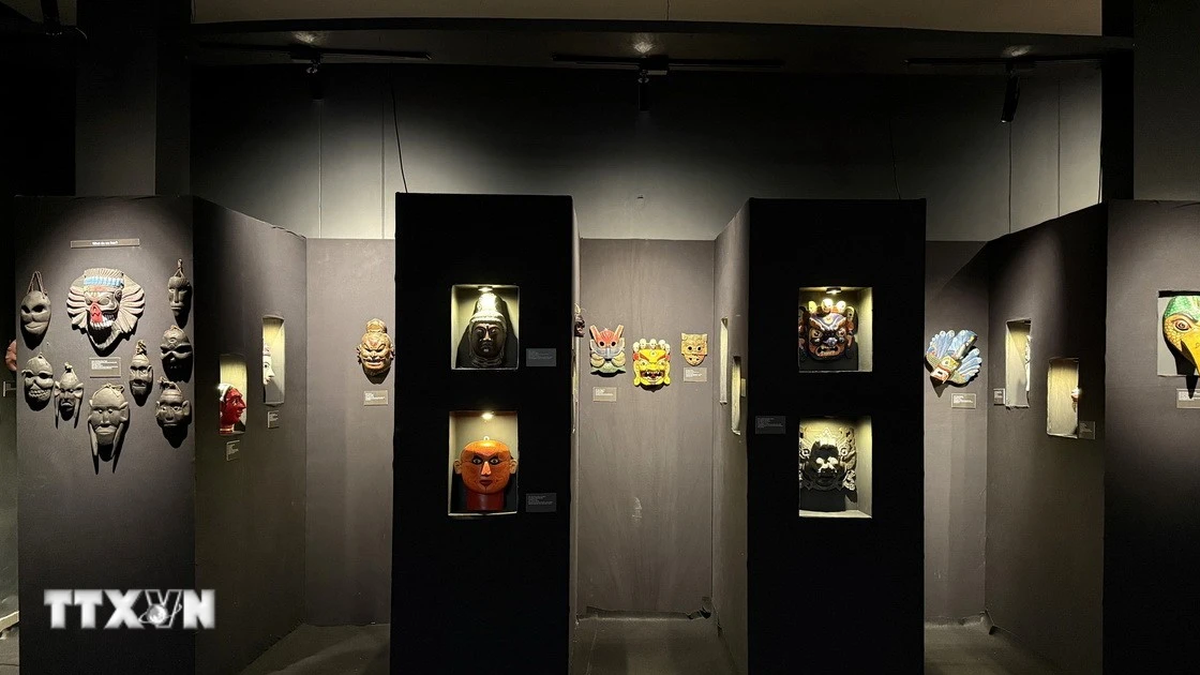
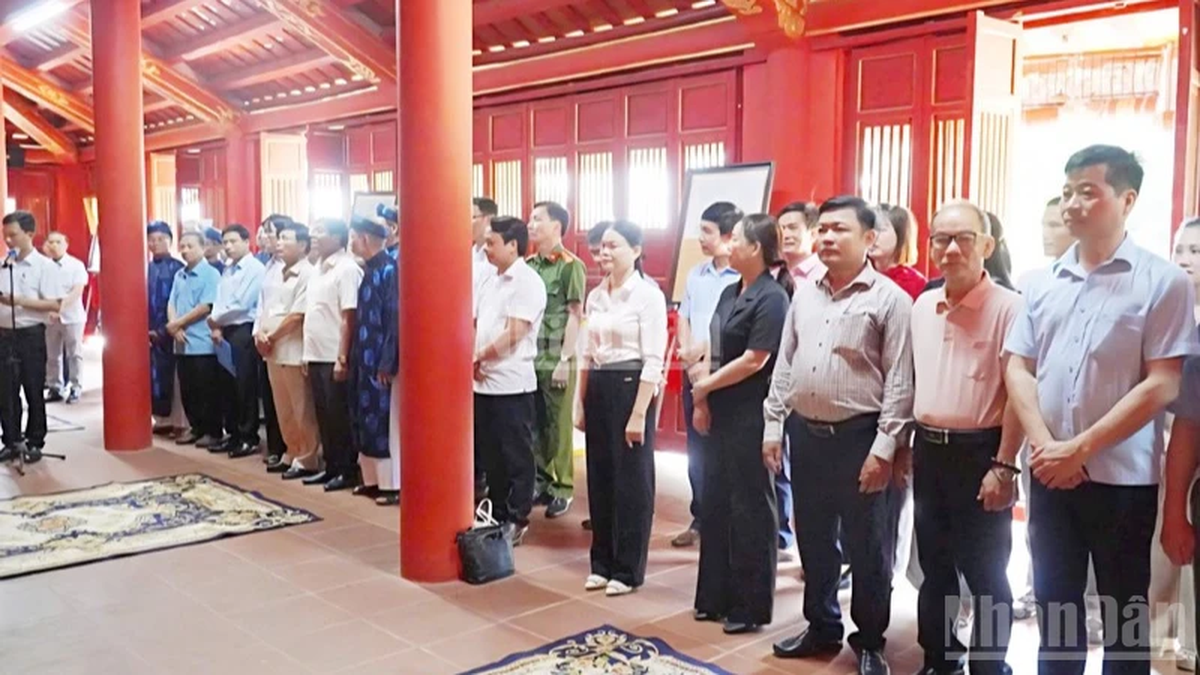
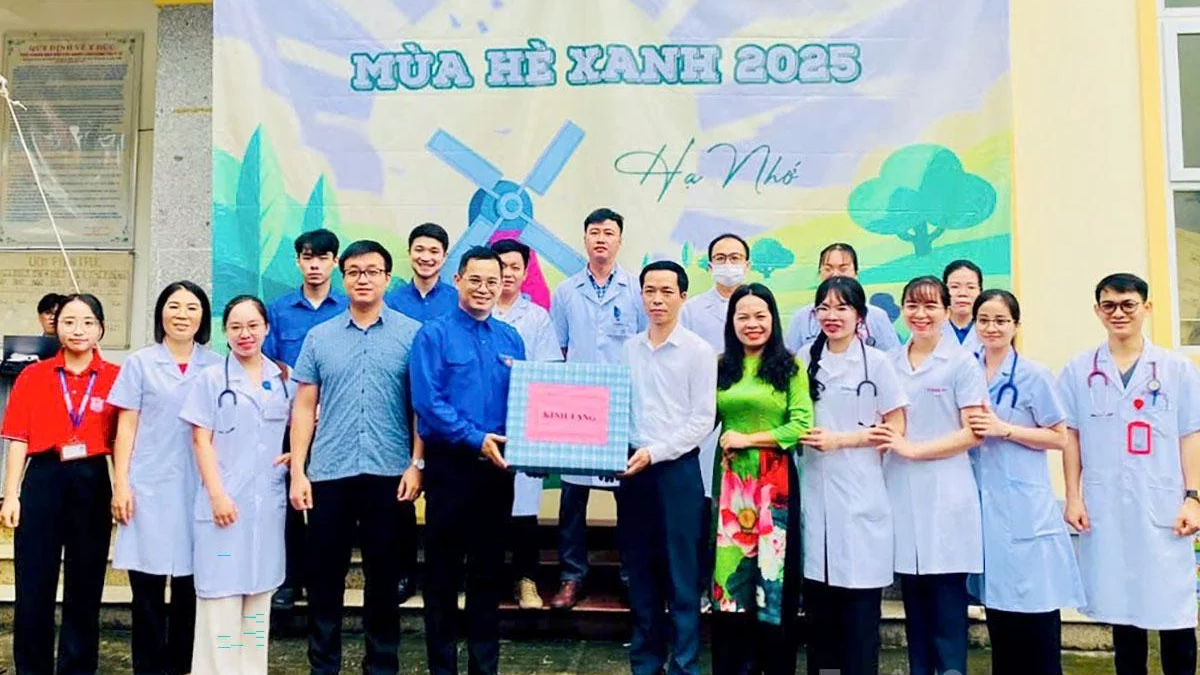
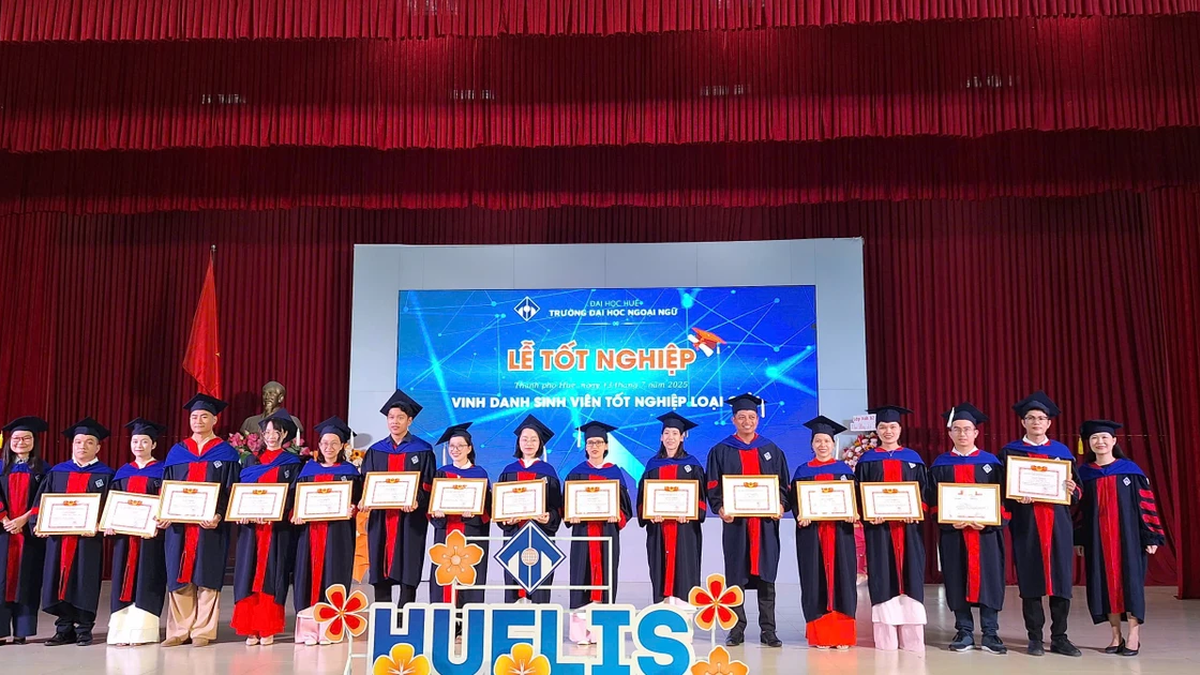
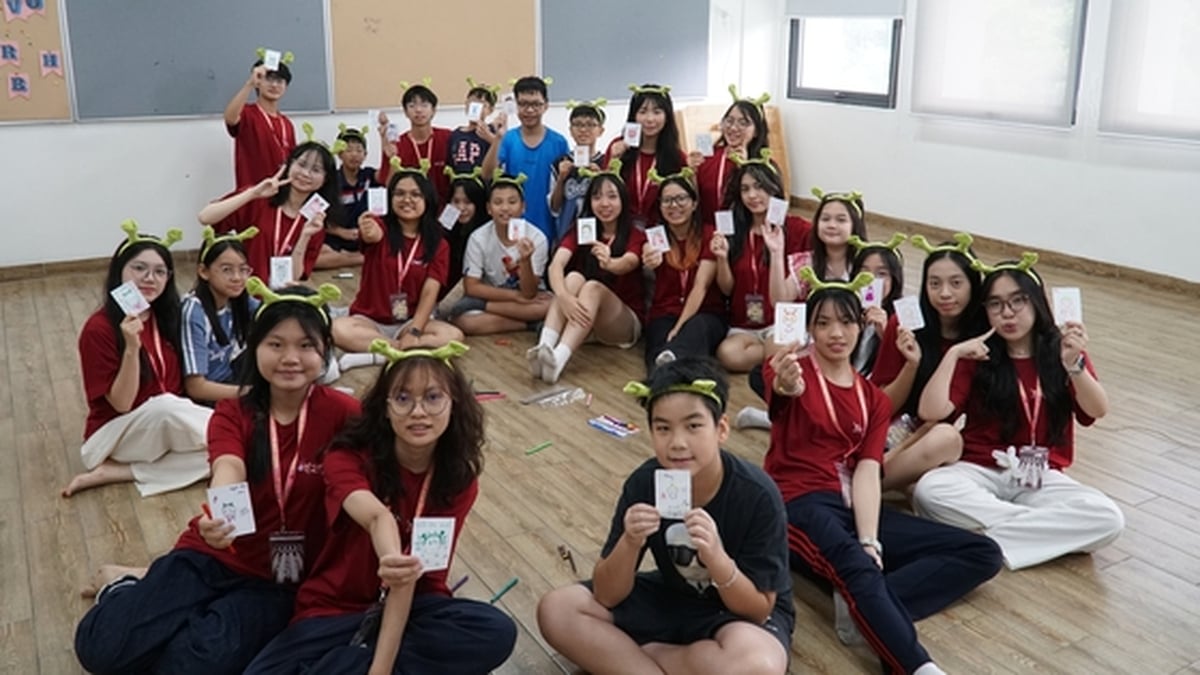

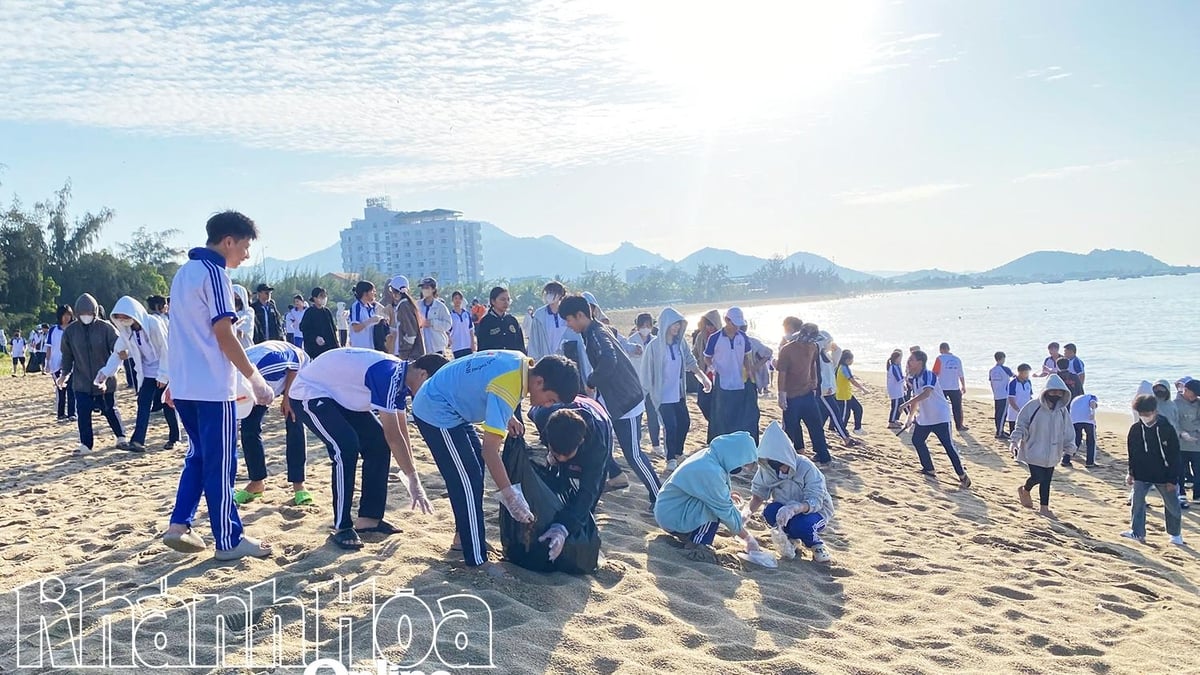




















































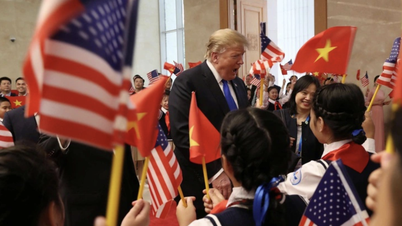
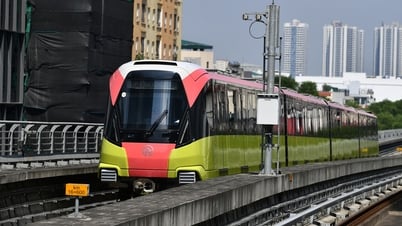

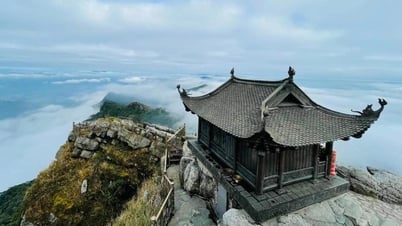

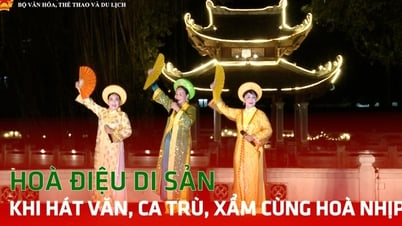






























Comment (0)